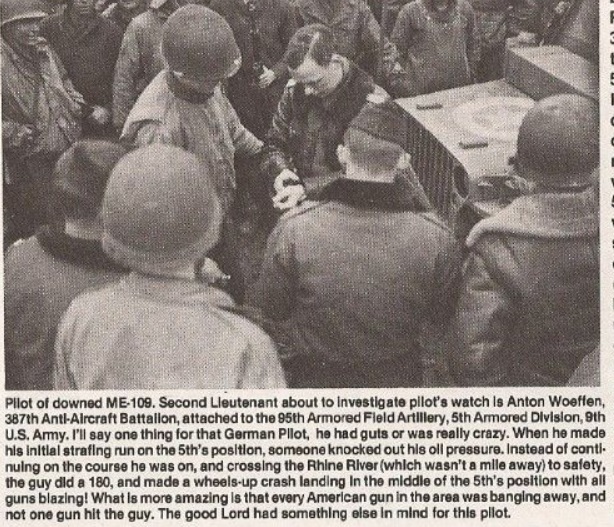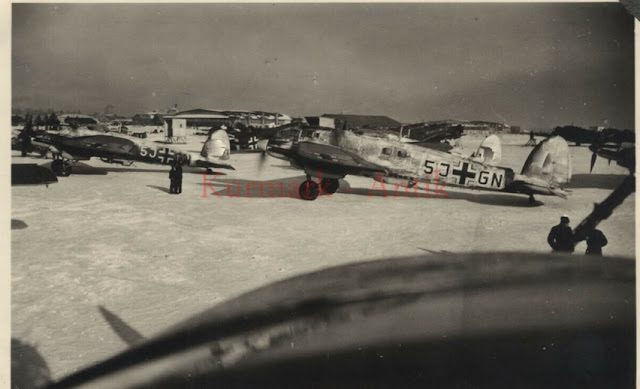I read the following statement on a forum a while back;
"..if I remember correctly, the track of the undercarriage was widened on the G-10/K-4 compared to earlier variants. The Revell G-10 kit made the mounting points further apart, IIRC, but failed to depict the cutouts in the wheel bays that were inboard of the main gear struts. See the link to detailed photos and description of the G-10 as published by IPMS Stockholm..."
And on the IPMS site you can read;
" ....Despite the seemingly identical configuration, the undercarriage of the G-10 and K-4 was miles away from that of the earlier variants. Some of the changes are visible here: the undercarriage track was considerably widened, resulting in the prominent "gaps" between the leg and the inner end of the wheel well, the legs were made thicker and the wheel covers split into two-part assemblies...."
To be honest this is the first time I have read of a wider track undercarriage in the G-10 series. I immediately wondered how this would have been feasible, given that the undercarriage legs were fitted to the fuselage and not the wings. And if it applied to the G-10, the same must have been the case for the K-4, the G-10 being intended to supplement the K-4 production being technically as similar as possible to the K-series. I spoke to one notable 'Experte' much more knowledgeable on the Bf 109. He responded with the following;
"..I have found nothing that would substantiate the widening of the undercarriage track on the G-10 series, or the K-4. Whatever the photos on the IPMS site show, it doesn’t match with the technical documents I have. The track of the landing gear of the G-6 series is given as 2062 mm in the Handbücher of the G-5, G-6 and G-8 series, wheres in the respective Handbücher of the G-10 and K-4 series the track is given as 2065 / 2100 mm. The difference between the earlier series and the G-10/K-4 seems to come solely from the different main wheels used, the 2065 mm referring to the original main wheels, the 2100 mm to the enlarged 690 x 160 wheels. As you stated, G-10s were equipped with the original G-6 wings and with those of the K-4 with the large upper-surface bulge. The original G-6 wings with the small wheel blisters couldn’t have been used if the track was widened. So in my opinion the attachment points of the undercarriage legs remained unchanged throughout..."























